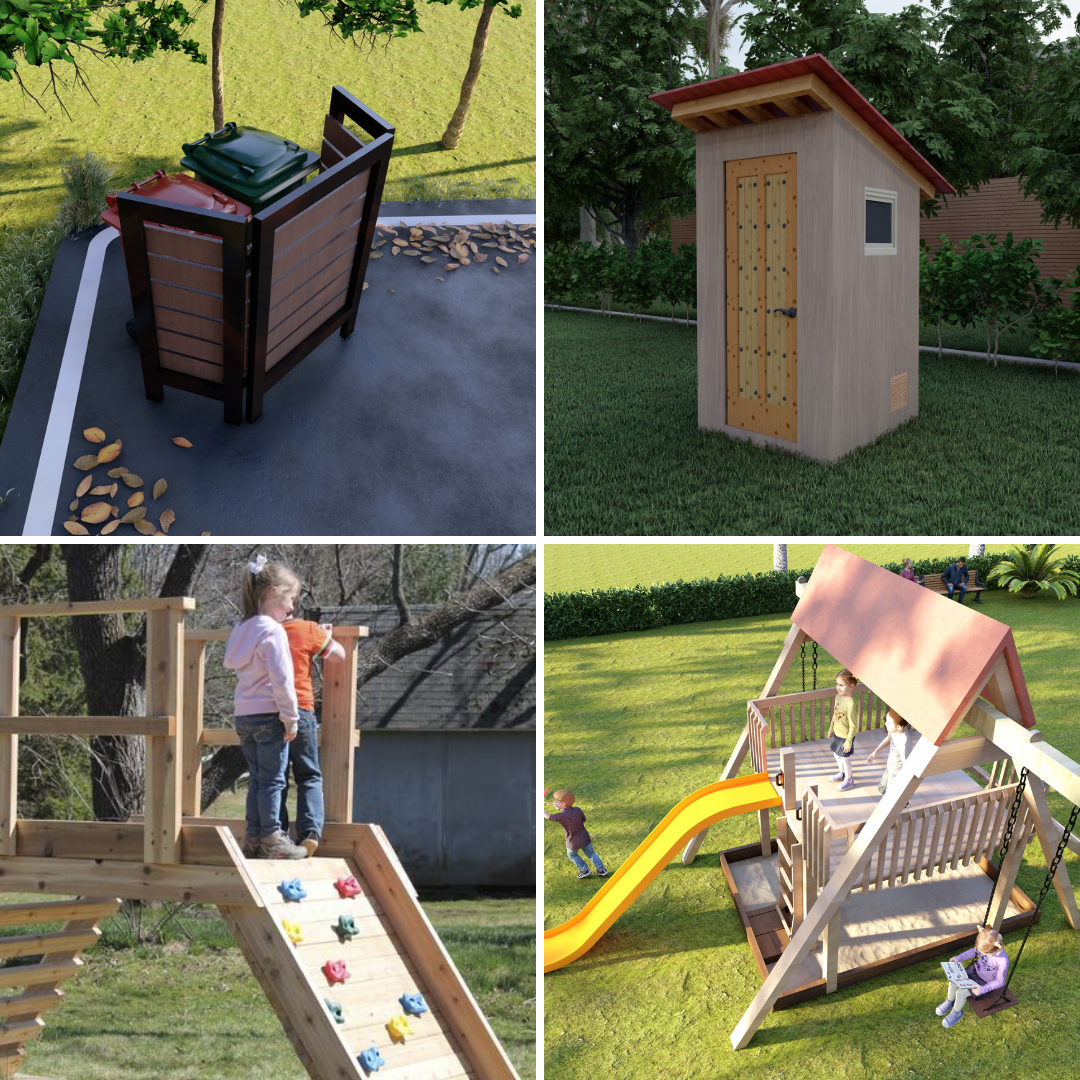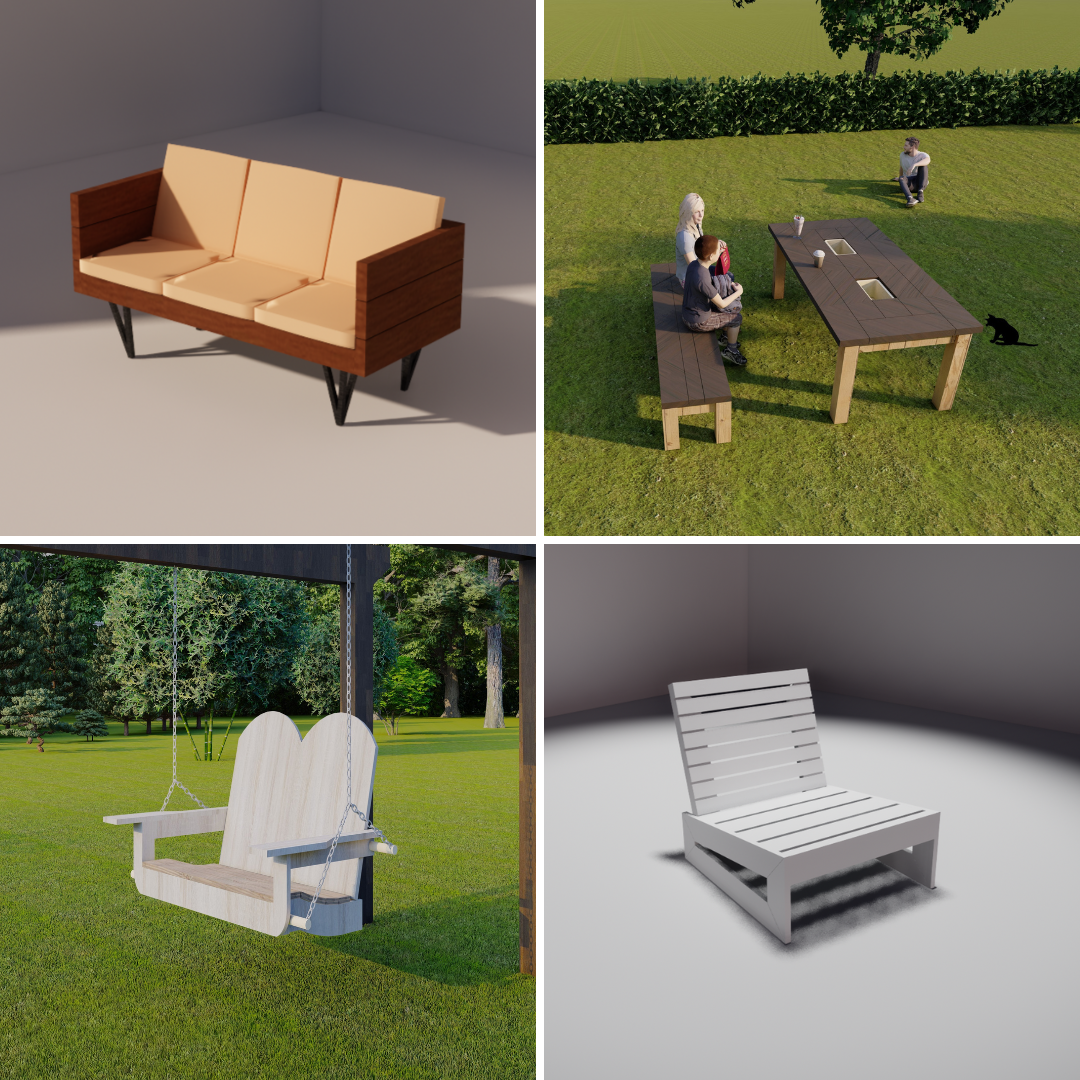
DIY Tiny Home Projects: Build Your Dream Tiny Home on a Budget
Share
Building your dream tiny home doesn’t have to break the bank. With a little creativity, strategic planning, and a DIY mindset, you can create a functional and beautiful living space tailored to your unique needs. Whether you’re downsizing, embracing minimalism, or simply looking for a cost-effective way to own your own home, diving into a DIY tiny home project is a rewarding experience. For inspiration and guidance, explore Tiny Home & Cabin Plans, where you can find professionally designed layouts to suit any style or preference.
One of the biggest challenges in DIY tiny home construction is knowing where to start. You’ll need to consider your design, materials, and the essential features you want in your space. To learn more about the planning and construction process, check out How to Build the DIY Tiny House of Your Dreams for a comprehensive guide on turning your vision into reality. In this post, we’ll break down three popular DIY tiny home projects, each designed to help you achieve your goal while staying within budget.
1. DIY Tiny Homes on Trailers: Mobility Meets Comfort
For many tiny home enthusiasts, mobility is a key factor. Building a tiny home on a trailer allows you to take your home on the road, offering a sense of freedom and adventure that’s hard to beat. Here are some essential steps and tips to consider when embarking on this type of project:
-
Choose the Right Trailer: The foundation of your mobile tiny home is the trailer. Look for a flatbed trailer with a robust weight capacity to support your structure. Popular sizes range from 16 to 24 feet long.
-
Plan Your Layout Carefully: Space optimization is crucial in a tiny home, especially on a trailer. Consider multi-functional furniture, lofted sleeping areas, and creative storage solutions.
-
Use Lightweight Materials: To maintain mobility, opt for lightweight yet durable materials such as aluminum framing, plywood, and spray foam insulation.
-
Consider Off-Grid Features: Solar panels, composting toilets, and rainwater harvesting systems are excellent additions for a self-sufficient lifestyle on the move.
Building a tiny home on a trailer does require some knowledge of structural engineering and zoning laws. However, with thorough research and the right tools, it’s a manageable project that offers unparalleled freedom.
2. Upcycled Materials: Budget-Friendly and Sustainable
If affordability and sustainability are your priorities, consider using upcycled and reclaimed materials in your tiny home project. Upcycling not only saves money but also reduces waste, making it an eco-friendly option for DIY builders. Here’s how to incorporate upcycled materials into your design:
-
Source Reclaimed Wood: Reclaimed wood can be used for flooring, walls, and furniture. Check local salvage yards, construction sites, and online marketplaces for affordable options.
-
Repurpose Windows and Doors: Old windows and doors add character to your tiny home while keeping costs down. Ensure they’re in good condition and properly insulated.
-
DIY Furniture from Pallets: Pallets are versatile and can be transformed into beds, tables, and shelving units with minimal effort.
-
Incorporate Vintage Fixtures: Hunt for vintage light fixtures, sinks, and cabinetry at thrift stores or flea markets to give your tiny home a unique charm.
Upcycling requires a bit of creativity and patience, but the result is a one-of-a-kind tiny home that reflects your personality and values.
3. Modular DIY Kits: Convenience Without Compromising Quality
For those who want to simplify the building process without sacrificing quality, modular DIY tiny home kits are an excellent solution. These kits provide pre-cut materials and step-by-step instructions, making it easier for beginners to tackle a construction project. Here’s what to expect with modular kits:
-
Streamlined Construction Process: Modular kits include everything you need, from framing and insulation to roofing and siding, allowing for faster and more efficient assembly.
-
Customizable Options: Many companies offer customization options, enabling you to tweak designs to fit your needs and preferences.
-
Cost-Effective Solutions: While kits may seem pricey upfront, they often save money in the long run by reducing material waste and construction errors.
-
Support and Guidance: Most kit providers offer customer support to help you through the building process, making it a great option for first-time builders.
Whether you’re looking for a minimalist cabin, a sleek modern design, or something in between, modular kits take much of the guesswork out of DIY construction.
Conclusion
Building a DIY tiny home is an exciting journey that allows you to create a space uniquely yours. Whether you opt for a mobile home on a trailer, incorporate upcycled materials, or choose the convenience of a modular kit, there’s a project to suit every budget and skill level. With careful planning and resourcefulness, you can achieve the tiny home of your dreams without overspending.







